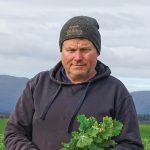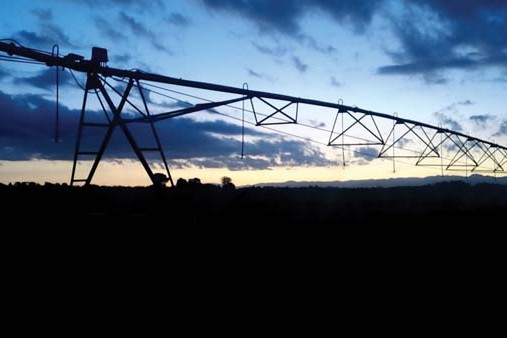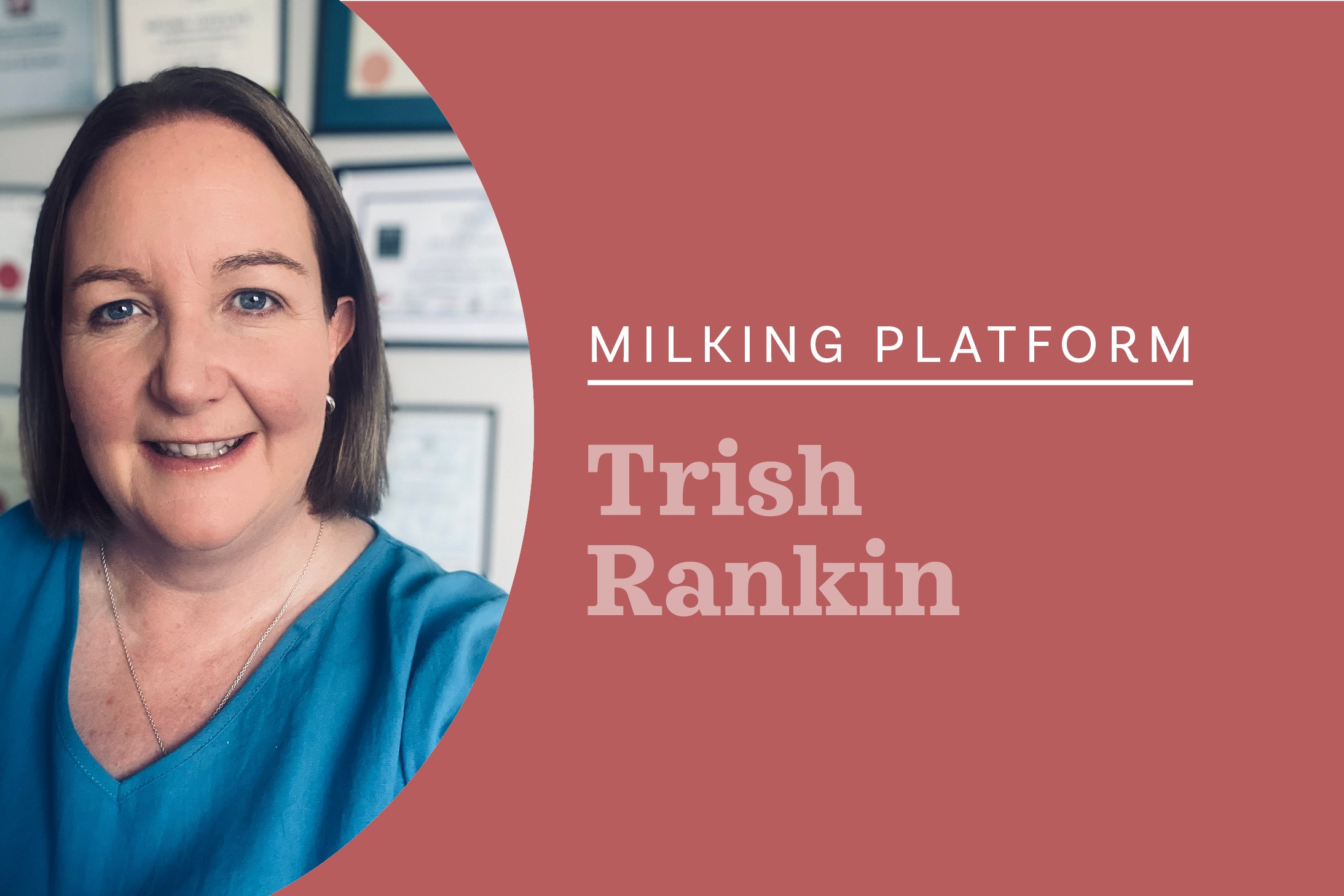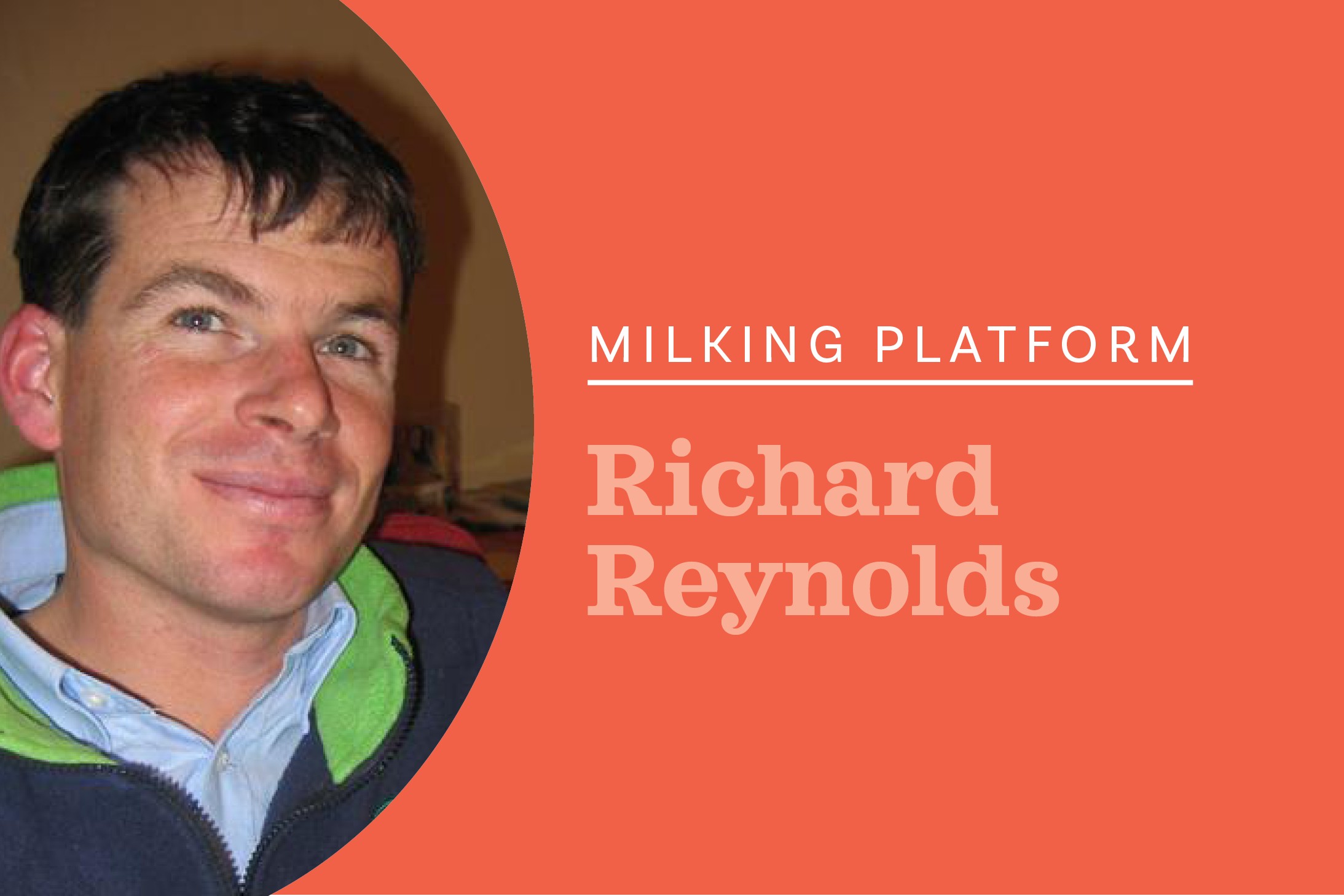Collaring a big change
Introduction of cow collars has brought a complete system change for John Milne.

 SPRING 2022 WE TOOK THE plunge to change our milking regime around completely. We have used the variable milking options throughout the last 10 years on and off to suit weather patterns either for prolonged wet spells or the opposite in our summers.
SPRING 2022 WE TOOK THE plunge to change our milking regime around completely. We have used the variable milking options throughout the last 10 years on and off to suit weather patterns either for prolonged wet spells or the opposite in our summers.
With the introduction of cow collars in New Zealand there is some real-time data available now to give the confidence to make a change and understand how cows are reacting at different times of the year.
Calving 2022 kicked off with the planned start July 24, so straight away we hit the once-a-day milking regime, and this carried on for 28 days from planned start of calving.
After the 28-day mark we moved to 3-in-2 and held that through the peak and mating till around December 25-29. Then we moved to OAD to the end of season, which was June 8. For me it was a renewed interest in something I have done since leaving school. So how did it go?
The first and probably the hardest to get my head around was we had a system change right from the get-go. Your day starts shifting all the stock, first bringing in the new mums and calves. There’s no set time to start milking but in general it was around 9am. Everything is finished by 11-11.30. The afternoon is free to get other tasks done and no rush to get milkers in again. Then there’s the business side of the change to OAD for 28 days, we dropped 8% during that time frame, it did worry me but all the advice I was getting from different people said we would catch it back up.
When August 24 rolled around, and we put the foot down, moved to 3-in-2 and stood back and watched these ladies do their stuff, to be honest it was surprising how well they kicked on peaking at 2.24kg milksolids (MS)/day at the factory and 2.32kg MS/day on the first herd test. The whole time the dairy farmer in me was just thinking through what was happening.
Then about December 28 growth had started to decline, summer crops were almost ready to graze so we went OAD again till the end of season.
Here’s some observations we’ve noticed and done some homework on.
- BCS – We feed 13kg drymatter (DM)/day over winter, we always have mixed aged cows at 5BCS and heifers at 5.5 BCS, year on year. By the start of mating traditionally at 4-4.2 BCS. That’s all gone out the gate in milk and lots of walking. The 2022 mating was a lot different, 4.6 BCS was the average and they had put 6% more solids in the bank account. This BCS held right through then climbed to 4.8ish at dry off. So straight away 2023 becomes easier with BCS already up there.
- Mating performance was great, 98% of cows up in 24 days, no vets involved – we haven’t done that for a decade, if not longer. Strong heats and still the milk flowed. The scan result was 9% – traditionally we would be 12%-ish. Now 87% of our herd are calving in the first six weeks with a 10-week calving spread. The proof is in the pudding.
- Reaching a peak is always crucial in any season. We still have to get the cows up there and to hold, and this seems to be easier when you are away from the traditional twice-a-day milking. It’s probably the most important part of the whole change.
- OAD at Christmas is how we have done it for years. We have every faith in it and it delivers.
Our season ended with slightly higher than our average historic production. Cows produced 106% of their liveweight to milksolids ratio.
Great options to cull and a compact calving, all from 370 milkings.





